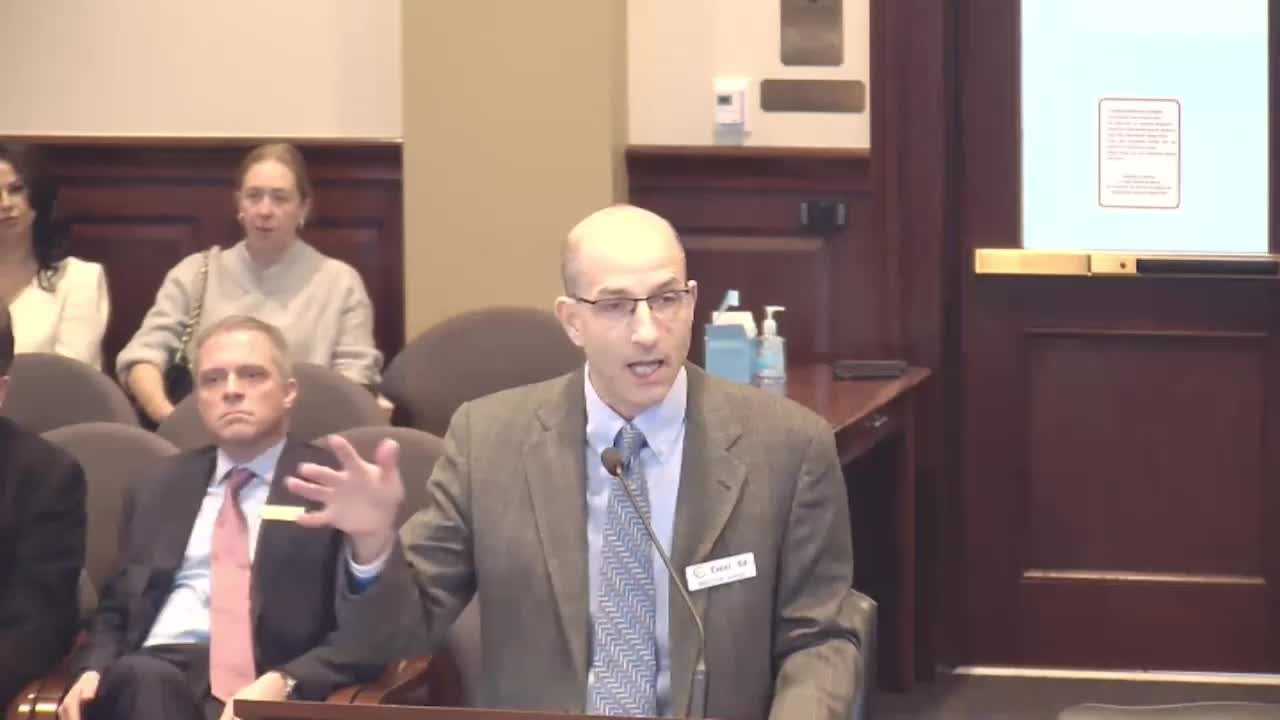Idaho charter schools save $113 million through innovative financing strategies
January 13, 2025 | Education, HOUSE OF REPRESENTATIVES, Committees, Legislative, Idaho
This article was created by AI summarizing key points discussed. AI makes mistakes, so for full details and context, please refer to the video of the full meeting. Please report any errors so we can fix them. Report an error »

During a recent meeting of the Idaho House Education Committee on January 13, 2025, discussions centered on the financial challenges and successes of charter schools in the state. The meeting highlighted the significant impact of state policies on charter school financing, revealing both the benefits and ongoing struggles faced by these educational institutions.
A key focus of the meeting was a study that demonstrated how charter schools in Idaho have managed to save approximately $113 million through state-supported financing initiatives. Notably, the state has not incurred any costs related to these savings, as all loans and revolving funds have been repaid without defaults. This financial structure allows charter schools to redirect funds typically spent on facilities into instructional resources, effectively enabling them to hire an additional ten teachers per school.
Despite these successes, the meeting underscored the ongoing financial burdens that charter schools face. On average, charter schools are spending $1,857 per student on facilities, with a remaining cost of $1,294 per student that must be drawn from their operating budgets. This situation contrasts sharply with traditional public schools, which can levy separate taxes to cover such expenses. The limited state support, covering only 30% of facility costs, places a significant strain on charter schools, particularly when compared to states like Tennessee, where support reaches 63%.
The committee also discussed the importance of the state's revolving loan fund, which provides no-interest loans to charter schools during their initial years. This support is crucial as it allows schools to establish a financial track record before seeking long-term financing. The involvement of private philanthropic organizations, such as the Albertson Foundation, has further enhanced the effectiveness of these initiatives by matching state funds.
While the meeting celebrated Idaho's progress in supporting charter schools, it also raised concerns about the current cap on the revolving loan fund, which limits the ability of schools to access necessary financing as demand continues to grow. The committee emphasized the need for ongoing support and potential adjustments to funding policies to ensure that charter schools can continue to thrive without resorting to higher-interest loans.
In conclusion, the discussions at the Idaho House Education Committee meeting highlighted both the achievements and challenges of charter schools in the state. As Idaho continues to navigate the complexities of educational financing, the outcomes of these policies will be critical in shaping the future of charter education and its ability to serve students effectively.
A key focus of the meeting was a study that demonstrated how charter schools in Idaho have managed to save approximately $113 million through state-supported financing initiatives. Notably, the state has not incurred any costs related to these savings, as all loans and revolving funds have been repaid without defaults. This financial structure allows charter schools to redirect funds typically spent on facilities into instructional resources, effectively enabling them to hire an additional ten teachers per school.
Despite these successes, the meeting underscored the ongoing financial burdens that charter schools face. On average, charter schools are spending $1,857 per student on facilities, with a remaining cost of $1,294 per student that must be drawn from their operating budgets. This situation contrasts sharply with traditional public schools, which can levy separate taxes to cover such expenses. The limited state support, covering only 30% of facility costs, places a significant strain on charter schools, particularly when compared to states like Tennessee, where support reaches 63%.
The committee also discussed the importance of the state's revolving loan fund, which provides no-interest loans to charter schools during their initial years. This support is crucial as it allows schools to establish a financial track record before seeking long-term financing. The involvement of private philanthropic organizations, such as the Albertson Foundation, has further enhanced the effectiveness of these initiatives by matching state funds.
While the meeting celebrated Idaho's progress in supporting charter schools, it also raised concerns about the current cap on the revolving loan fund, which limits the ability of schools to access necessary financing as demand continues to grow. The committee emphasized the need for ongoing support and potential adjustments to funding policies to ensure that charter schools can continue to thrive without resorting to higher-interest loans.
In conclusion, the discussions at the Idaho House Education Committee meeting highlighted both the achievements and challenges of charter schools in the state. As Idaho continues to navigate the complexities of educational financing, the outcomes of these policies will be critical in shaping the future of charter education and its ability to serve students effectively.
View full meeting
This article is based on a recent meeting—watch the full video and explore the complete transcript for deeper insights into the discussion.
View full meeting